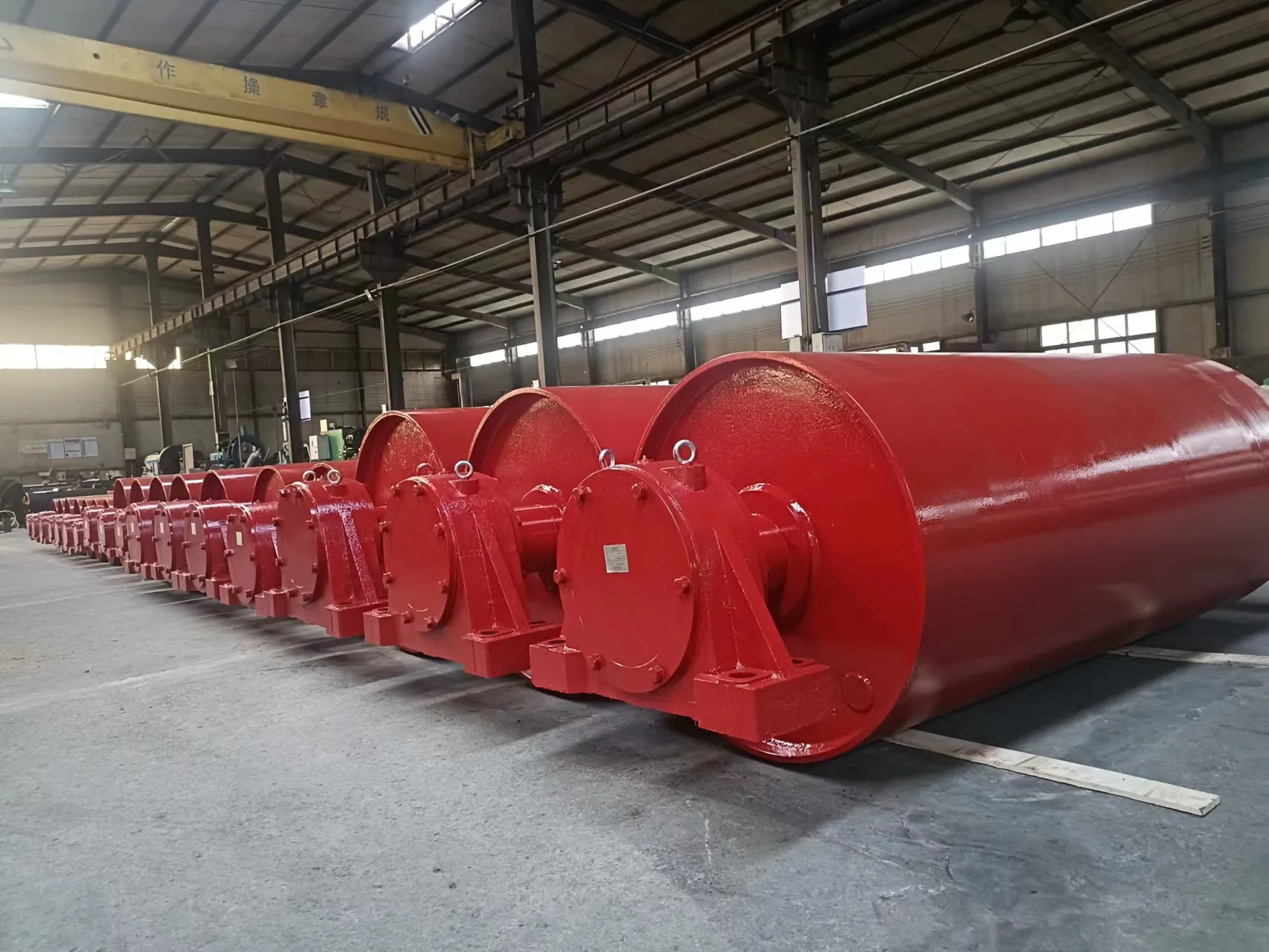 Afrikaans
Afrikaans  Albanian
Albanian  Amharic
Amharic  Arabic
Arabic  Armenian
Armenian  Azerbaijani
Azerbaijani  Basque
Basque  Belarusian
Belarusian  Bengali
Bengali  Bosnian
Bosnian  Bulgarian
Bulgarian  Catalan
Catalan  Cebuano
Cebuano  Corsican
Corsican  Croatian
Croatian  Czech
Czech  Danish
Danish  Dutch
Dutch  English
English  Esperanto
Esperanto  Estonian
Estonian  Finnish
Finnish  French
French  Frisian
Frisian  Galician
Galician  Georgian
Georgian  German
German  Greek
Greek  Gujarati
Gujarati  Haitian Creole
Haitian Creole  hausa
hausa  hawaiian
hawaiian  Hebrew
Hebrew  Hindi
Hindi  Miao
Miao  Hungarian
Hungarian  Icelandic
Icelandic  igbo
igbo  Indonesian
Indonesian  irish
irish  Italian
Italian  Japanese
Japanese  Javanese
Javanese  Kannada
Kannada  kazakh
kazakh  Khmer
Khmer  Rwandese
Rwandese  Korean
Korean  Kurdish
Kurdish  Kyrgyz
Kyrgyz  Lao
Lao  Latin
Latin  Latvian
Latvian  Lithuanian
Lithuanian  Luxembourgish
Luxembourgish  Macedonian
Macedonian  Malgashi
Malgashi  Malay
Malay  Malayalam
Malayalam  Maltese
Maltese  Maori
Maori  Marathi
Marathi  Mongolian
Mongolian  Myanmar
Myanmar  Nepali
Nepali  Norwegian
Norwegian  Norwegian
Norwegian  Occitan
Occitan  Pashto
Pashto  Persian
Persian  Polish
Polish  Portuguese
Portuguese  Punjabi
Punjabi  Romanian
Romanian  Russian
Russian  Samoan
Samoan  Scottish Gaelic
Scottish Gaelic  Serbian
Serbian  Sesotho
Sesotho  Shona
Shona  Sindhi
Sindhi  Sinhala
Sinhala  Slovak
Slovak  Slovenian
Slovenian  Somali
Somali  Spanish
Spanish  Sundanese
Sundanese  Swahili
Swahili  Swedish
Swedish  Tagalog
Tagalog  Tajik
Tajik  Tamil
Tamil  Tatar
Tatar  Telugu
Telugu  Thai
Thai  Turkish
Turkish  Turkmen
Turkmen  Ukrainian
Ukrainian  Urdu
Urdu  Uighur
Uighur  Uzbek
Uzbek  Vietnamese
Vietnamese  Welsh
Welsh  Bantu
Bantu  Yiddish
Yiddish  Yoruba
Yoruba  Zulu
Zulu drum pulley lagging
The Importance of Drum Pulley Lagging in Industrial Applications
Drum pulley lagging is a critical aspect of conveyor belt systems that plays a significant role in enhancing performance and longevity. Used predominantly in various industries including mining, manufacturing, and material handling, lagging refers to the application of a protective, wear-resistant material on the surface of a drum pulley. This practice not only extends the life of the pulley but also aids in the efficient operation of conveyor systems.
One of the primary functions of lagging is to increase the coefficient of friction between the drum and the conveyor belt. A well-lagged pulley ensures better traction, which in turn prevents slippage. This is crucial in scenarios where heavy materials are transported, as slippage can lead to system failures and production downtimes. By improving the grip on the belt, lagging allows for more reliable and consistent operation, which is essential for maintaining production schedules and efficiency.
Another significant benefit of drum pulley lagging is its role in protecting the pulley from wear and tear. Pulleys are subject to various harsh conditions, including exposure to abrasive materials, moisture, and extreme temperatures. Over time, these factors can lead to degradation of the pulley surface, reducing its effectiveness and requiring costly replacements. Lagging serves as a protective barrier, with materials such as rubber or ceramic being commonly used due to their durability and resistance to wear. This protective layer absorbs shock and minimizes damage, ultimately prolonging the life of the pulley and reducing maintenance costs.
drum pulley lagging

Moreover, the choice of lagging material can be tailored to specific applications. For instance, in environments where moisture is prevalent, a rubber lagging with anti-slip properties may be chosen to prevent slipping and ensure operational safety. In contrast, ceramic lagging might be selected for handling highly abrasive materials due to its excellent wear resistance. This versatility allows industries to customize their equipment to meet specific operational demands, thereby optimizing their conveyor systems.
In addition to functional benefits, the installation of lagging can also have economic implications. By preventing premature failures and minimizing downtime, companies can save significant amounts of money in repair costs and lost production. The initial investment in quality lagging is often outweighed by the long-term savings achieved through increased efficiency and reduced maintenance.
In conclusion, drum pulley lagging is an indispensable component of effective conveyor belt systems. It enhances traction, protects vital machinery from wear, and allows for customization based on specific industrial needs. By investing in proper lagging, companies can ensure smoother operations, reduced costs, and enhanced durability of their conveyor systems. As industries continue to seek ways to improve efficiency and reduce operational costs, the significance of drum pulley lagging will undoubtedly remain a key focus in equipment maintenance and optimization strategies.
-
Revolutionizing Conveyor Reliability with Advanced Rubber Lagging PulleysNewsJul.22,2025
-
Powering Precision and Durability with Expert Manufacturers of Conveyor ComponentsNewsJul.22,2025
-
Optimizing Conveyor Systems with Advanced Conveyor AccessoriesNewsJul.22,2025
-
Maximize Conveyor Efficiency with Quality Conveyor Idler PulleysNewsJul.22,2025
-
Future-Proof Your Conveyor System with High-Performance Polyurethane RollerNewsJul.22,2025
-
Driving Efficiency Forward with Quality Idlers and RollersNewsJul.22,2025





























